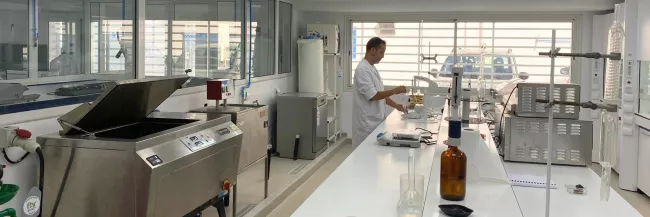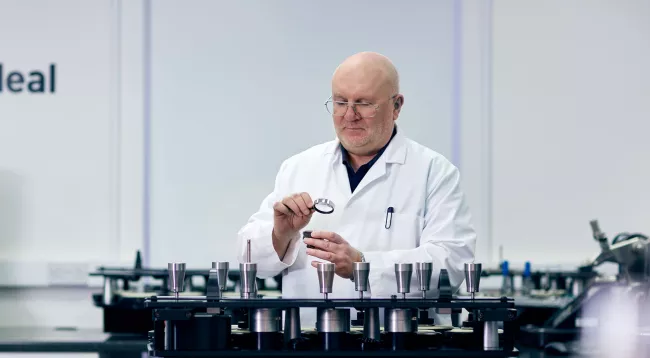Our Technical Specialist Peter Goodwin discusses how to construct a best-practice Wet Laboratory for textile testing.
Introduction
Developing a reliable wet testing laboratory that provides accurate and correlatable results is a critical part of any business strategy for brands, garment manufacturers and independent test houses alike. "A good testing laboratory allows a factory to have control over every aspect of its operations", explains Peter. "If the factory is under control it has satisfied customers, increasing business, a growing reputation and maximum profit."
Why is a Wet Laboratory necessary?
Tests such as colour fastness to washing, colour fastness to rubbing, colour fastness to light (weathering), rain repellency testing and many more - must be conducted in a controlled wet laboratory environment to ensure the efficacy of the test and reliability of results.
A water supply is crucial for these types of tests.
"Laboratories where Wet Testing is carried out have no special requirements in terms of air conditioning or decoration," explains Peter.
"However, there are important considerations you need to make, for example; they need to be easy to clean, have surfaces and fittings that are chemical resistant and should allow sufficient space to add extra large items, such as additional washing machines, at a later time."
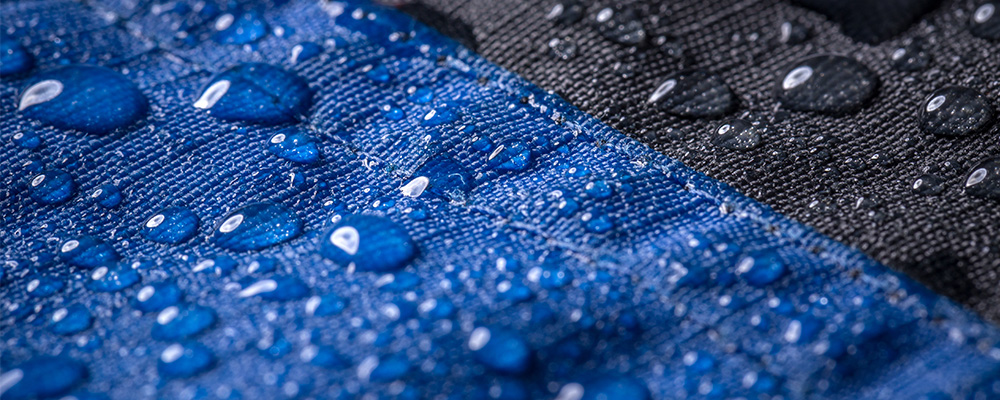
9 things to consider when developing a wet textiles laboratory
We examine the 9 crucial things you need to consider for your wet testing lab.
1. Location
It's not a good idea to locate the testing instruments in the same open location as the laboratory dyeing and finishing machines, as there is always the possibility that dye or chemical can contaminate the fastness testing instruments - and this may give false results.
2. Temperature
In warmer climates there is a lot of hot machinery, and the work involves a lot of standing and walking. Providing a comfortable temperature for your employees to work is an advantage.
3. Size and Construction
- The room should be large enough to accommodate immediate and projected future needs and should be constructed with normal building materials.
- Access to an outside wall is desirable so that equipment like Tumble Dryers and Fume Cupboards can evacuate to the atmosphere.
- No special doors are required and windows are acceptable.
The space available for this room should be the maximum available, not just to allow for the installation of additional machines but also because it may have to allow for the drip, flat and line drying of shrinkage tests and this can require a lot of space.
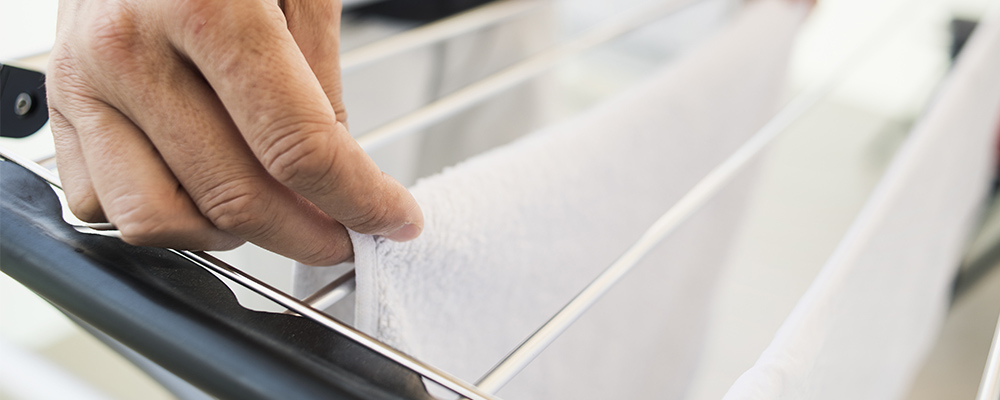
4. Floors & Walls
The floors and walls should be ceramic tiled in an appropriate light colour, maybe reflecting the Company's logo/corporate image to a height of 1.5mts. and can be painted above this height with semi-matte light-coloured paint.
5. Electrical Supply
The electrical supply and other relevant services should be carried in trunking around the walls with double electrical sockets spaced two metres apart. If computerised instruments will be installed a protected supply should be provided for these.
Machines such as the Wascator should be connected through a Direct On-Line Supply incorporating and isolator in order to protect the machines electronic components.
6. Lighting
Lighting can be basic fluorescent tubes or LED, so long as the area is well lit. Any colour assessment should be carried out in a specialist light cabinet.
7. Workbenches
- Workbenches should be of convenient working height for work to be carried out standing up.
- They should be 60-75 in depth.
- The worktops should be chemical and splash resistant and may be ceramic tiled - the colour light or white.
- A selection of cupboards and drawers should be available under the worktops, at least one of which should be large enough to store 50ml burettes.
- The colour of the doors and drawer fronts should co-ordinate with the wall tiles and should reflect a clean, bright and efficient image, preferably reflecting the company's corporate image.
- Drying shelves made in the same way as those used for conditioning specimens in the Conditioned Laboratory must be provided either as separate free-standing units, or fitted below the worktops. At least 5 shelves 60 x 60cms should be provided.
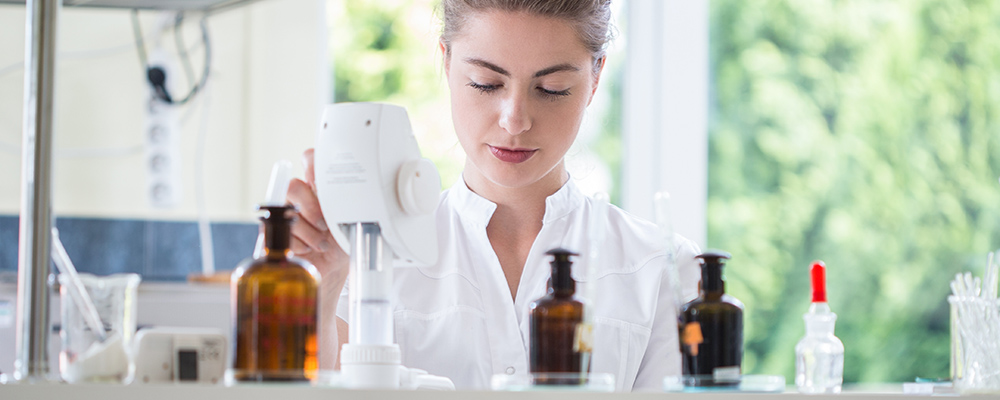
8. Water
In most laboratories, the water necessary for general use may be drinking water though for some specific applications softened water is preferred.
The water used for making all test solutions and also for detailed chemical analysis should be pure water produced by a de-ionisation, (or in some circumstances, distillation), and a good standard of drinking water is appropriate as a supply for the de-ioniser.
Note that water produced by reverse osmosis for use in dyeing machines is not pure enough for laboratory work.
- The accepted specification for water used for making general test solutions such as those for fastness tests is detailed in ISO 3696 Grade 3.
- For analytical tests such as Determination of Formaldehyde, ISO 3696 Grade 1 water is required in order to achieve accurate results.
9. Drainage
A lot of water is used in this room and consequently, there has to be an appropriate drain system - this may be from the testing machines, the drains and also for floor areas used for areas where shrinkage tests are dried.
Sinks, preferably made from stainless steel, should have hot and cold water supplies and high level taps.
A 4" free drain will be required for a Wascator, and Whirlpool Washers drain pipes must be connected into the laboratory drains above the height of water that is in the machine when it is full. This is to prevent siphoning effects that may empty the machine during operation.
When installing Whirlpool Washers, and Wascators for Marks and Spencer Accreditations, it is necessary to have a supply of hot water because Whirlpool machines do not have heaters and M & S Test Methods specify that the Wascator must be supplied with both hot and cold water.
In these situations, it is necessary to provide a supply of hot water or install a water heater that is capable of producing sufficient hot water to fill all of the washing machines at the same time.






